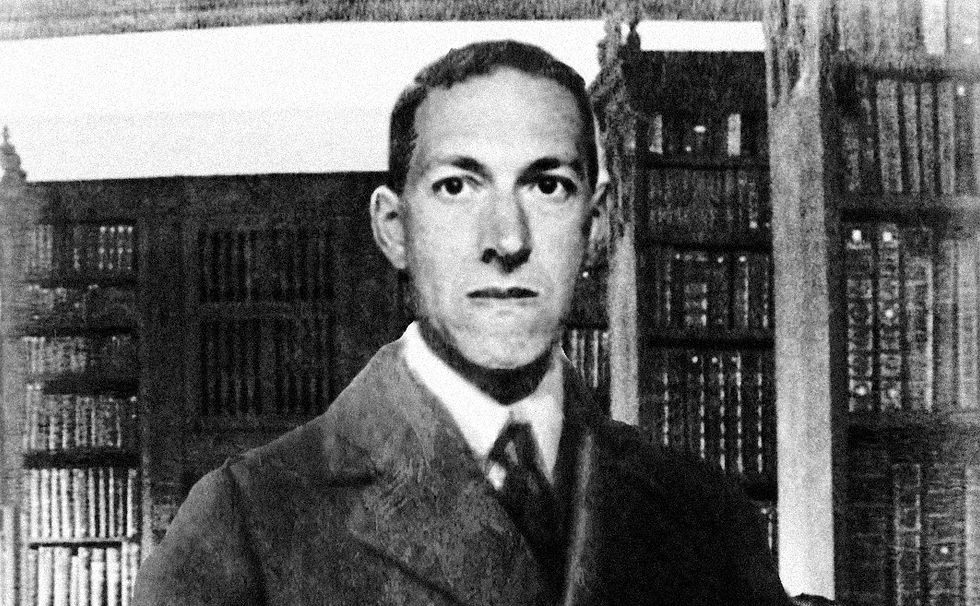Writing Horror According To Lovecraft

Ever read a story and wonder, “how did they write that?” It seems like, for some horror authors they can just keep cranking out work and it’s down-right terrifying. Their stories delve into the psyche of the characters, revealing, not only their flaws, but ours as well. Is there a template to this, a kind of magical formula that plugs in A+B=a heart stopping story? Sadly, there is no formula, but authors are always willing to share their advice on how to write a good horror story and that includes the great H.P. Lovecraft.
While remaining relatively obscure in his lifetime and only enjoying recognition within a small group of writers, he has, since his death, become one of the masters of written horror which include the Cthulhu Mythos as well as stories like, “Herbert West-Reanimator.” However, Lovecraft gave a few tips in a 1937 essay titled “Notes on Writing Weird Fiction.”
1. Prepare a synopsis or scenario of events in the order of their absolute occurrence—not the order of their narrations.
This is an important step: always know what happens in your story. Authors will work out every detail of the events that happen in the past and during the hero’s path through the story. It may seem like a time wasting task, but you should know the events that take place before you put pen to paper - and this applicable with any type of fiction.
2. Prepare a second synopsis or scenario of events—this one in order of narration (not actual occurrence), with ample fullness and detail, and with notes as to changing perspective, stresses, and climax.
This time write the story as how the narrator or the hero experiences it. This is good for amping up dramatic tension, and building a climax that is exciting and terrifying, leaving the reader unable to put the book down.
3. Write out the story—rapidly, fluently, and not too critically—following the second or narrative-order synopsis. Change incidents and plot whenever the developing process seems to suggest such change, never being bound by any previous design.
Even Lovecraft recognizes that not everything is set in stone and when telling your story things may change, but just keep writing. Get the story out, and don’t worry about every little nit-picky thing; that’s what second drafts are for.
4. Revise the entire text, paying attention to vocabulary, syntax, rhythm of prose, proportioning of parts, niceties of tone, grace and convincingness of transitions.
This is when you can be critical of the how words flow, their rhythm and fixing sentences that just don’t work or could work better. Also, something I have found to be of beneficial is to not look at the story for at least a week, or more. Try to forget about the story so that when you come back to it, you can be more critical as you forgot how you “meant it” and can only read the prose as it is.
5 Prepare a neatly typed copy—not hesitating to add final revisory touches where they seem in order.
These were the tips Lovecraft gave on how to write weird fiction, but that doesn’t tell us what to write. He does give us a hint later his essay. “Each weird story…seems to involve five definite elements: (a) some basic, underlying horror or abnormality—condition, entity, etc.—, (b) the general effects or bearings of the horror, (c) the mode of manifestation—object embodying the horror and phenomena observed—, (d) the types of fear-reaction pertaining to the horror, and (e) the specific effects of the horror in relation to the given set of conditions.”
Perhaps this will inspire you as you sit down in front of a blank screen and prepare to tell a story that will rank up there with those of the masters.





































